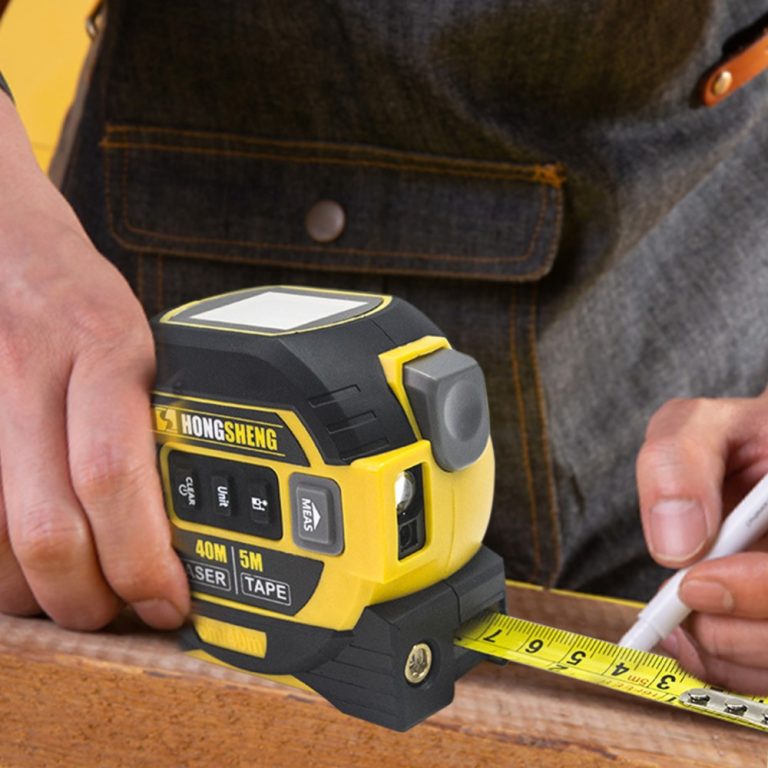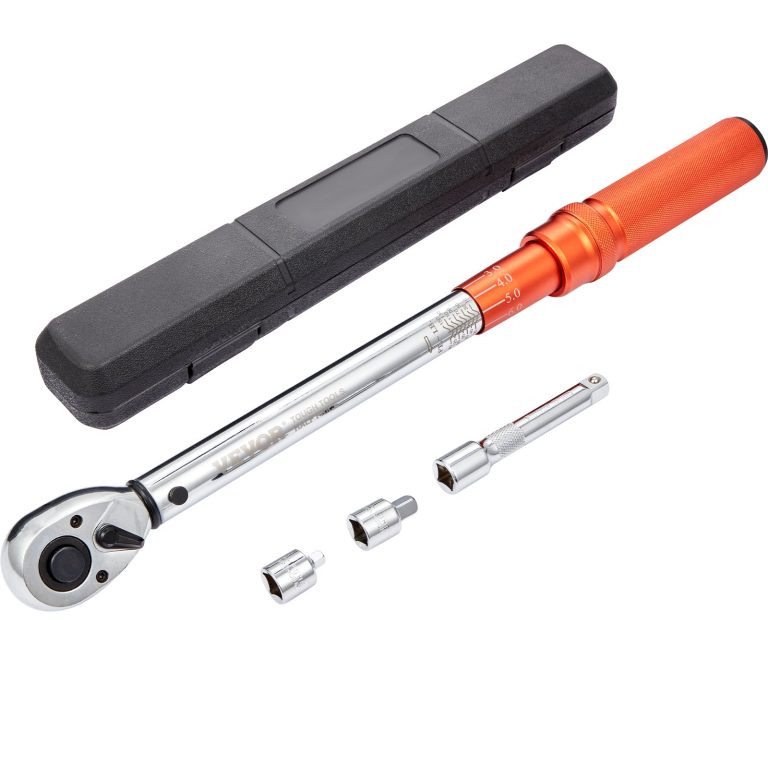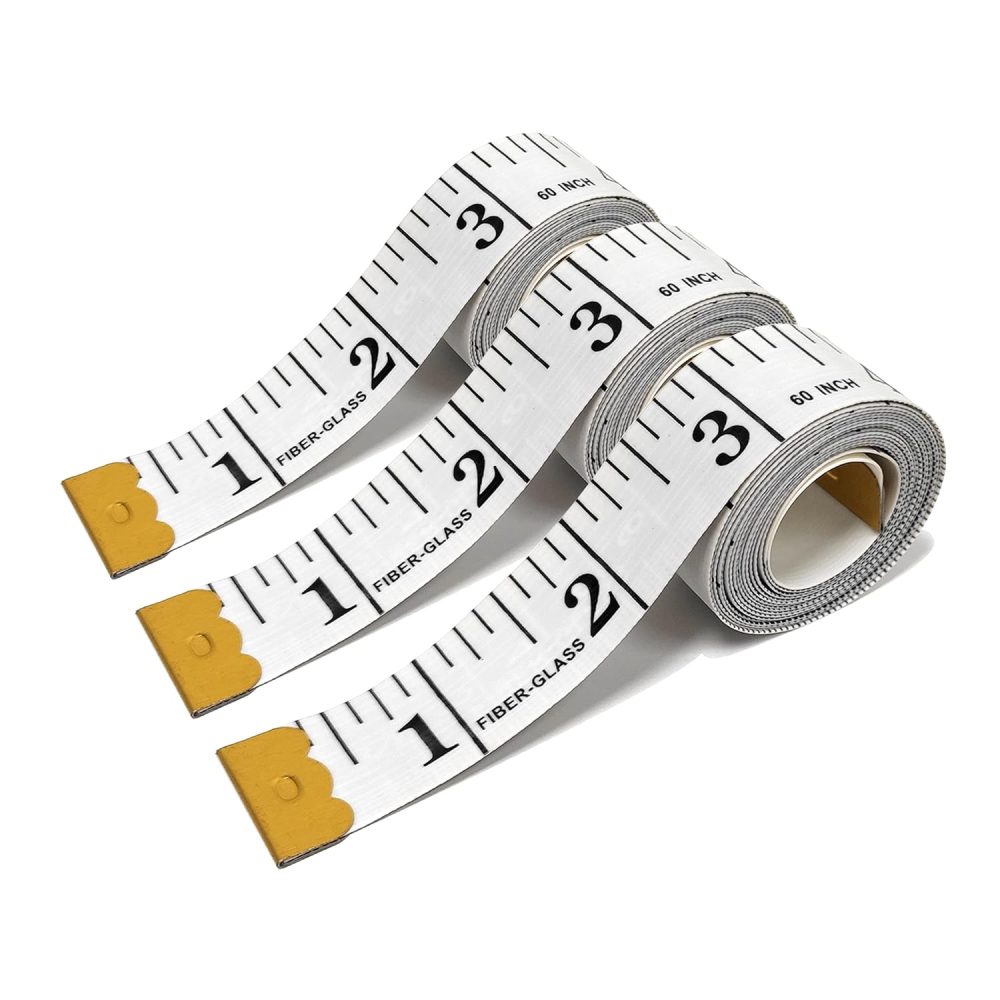
Fabric Tape Measure: Tool for Sewing and Crafting Projects
When it comes to sewing and tailoring, precision is key to achieving flawless results. A fabric tape measure is an indispensable tool for anyone involved in creating garments, home décor, or other fabric-based projects. This comprehensive guide will delve into the importance of a fabric tape measure, its features, how to choose the right one, and tips for effective usage to enhance your sewing experience.
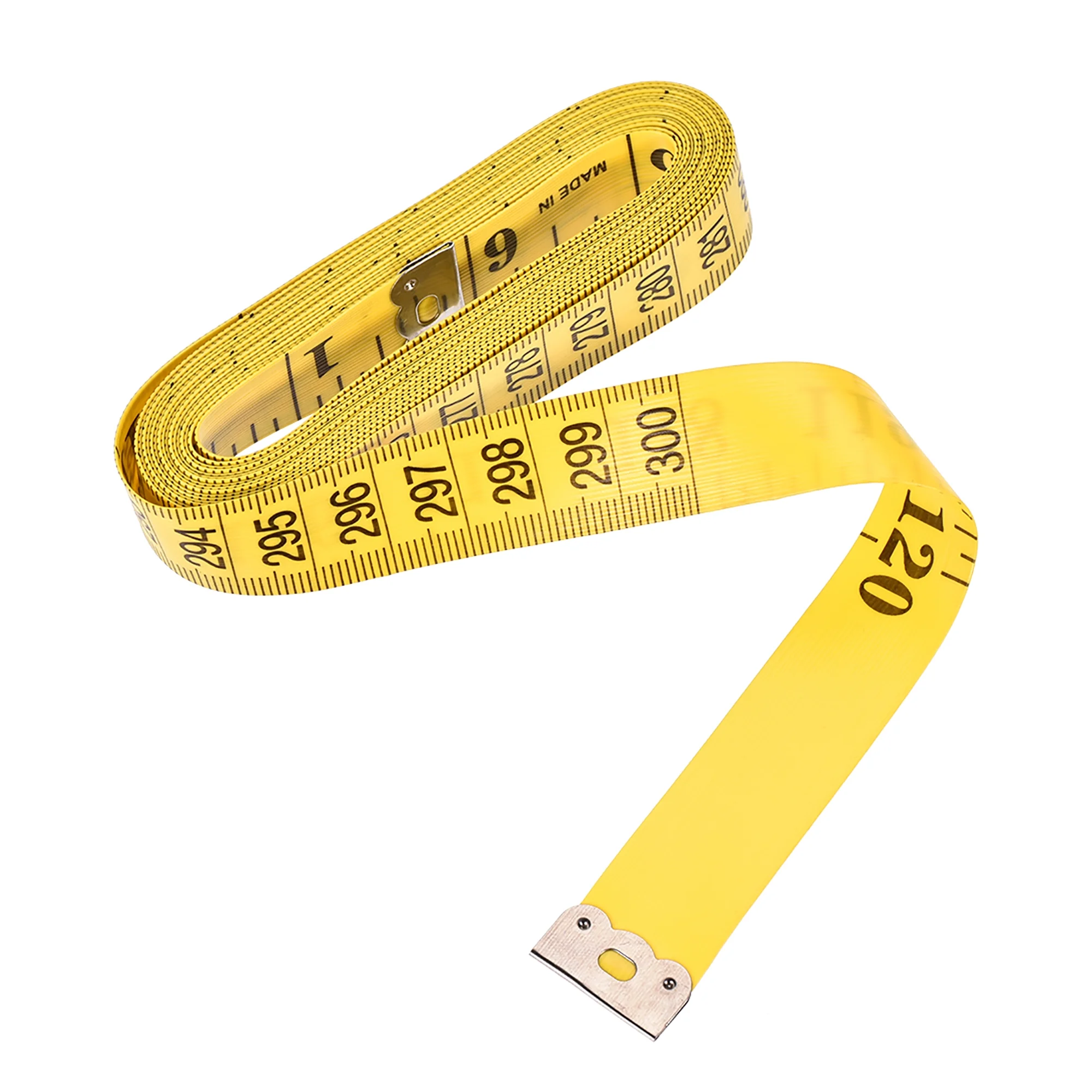 Why a Fabric Tape Measure is Essential for Sewing
Why a Fabric Tape Measure is Essential for Sewing
Using a fabric tape measure is crucial for several reasons, particularly in sewing and tailoring:
Ensuring Accurate Measurements
Accurate measurements are the foundation of any successful sewing project. Whether you’re hemming pants, tailoring a dress, or crafting home décor items, precise measurements ensure that your creations fit perfectly and look professional.
Enhancing Fit and Comfort
For garment making, a fabric tape measure allows you to take exact body measurements, ensuring that the finished garment fits comfortably and aligns with the desired style. This accuracy is vital for achieving a flattering fit and avoiding the need for extensive alterations.
Facilitating Consistency
When working on multiple pieces or producing items in bulk, consistency is key. A fabric tape measure helps maintain uniform measurements across different projects, ensuring that each piece meets the same standards of quality and precision.
Choosing the Right Tape Measure
Selecting the best fabric tape measure involves considering several factors to match your specific needs and preferences. Here’s how to make an informed choice:
Length and Extendability
Fabric tape measures typically range from 48 inches to 60 inches. If you frequently work on large projects or require longer measurements, opt for a tape measure with a longer length. However, for standard sewing tasks, a 48-inch tape measure is usually sufficient.
Material Quality
The quality of the tape material affects its durability and flexibility. Polyester and fiberglass tapes are highly recommended because they resist stretching and wear, ensuring long-lasting accuracy. Avoid tapes made from materials that easily fray or lose their shape over time.
Measurement Markings
Clear and easy-to-read markings are essential for accurate measurements. Look for tape measures with large, contrasting numbers and fine lines that make it easy to distinguish between inches and centimeters. Some tapes also feature additional markings for specific measurements, such as waistlines or sleeve lengths.
Case Durability
A sturdy case protects your fabric tape measure from damage and ensures it remains in good condition. Metal cases offer superior protection and durability, while plastic cases are lightweight and resistant to moisture. Choose a case that aligns with your working environment and storage preferences.
Flexibility and Ease of Use
The tape measure should be flexible enough to wrap around curves without bending or snapping. Additionally, a smooth retraction mechanism ensures that the tape returns effortlessly after each measurement. Features like a locking button can also enhance ease of use by keeping the tape in place when needed.
Additional Features
Some fabric tape measures come with extra features that can enhance your sewing experience. These may include:
- Double-sided Markings: Allowing measurements from both sides for added convenience.
- Braille Markings: Useful for visually impaired users.
- Clear Window: Enables easy reading of measurements against light backgrounds.
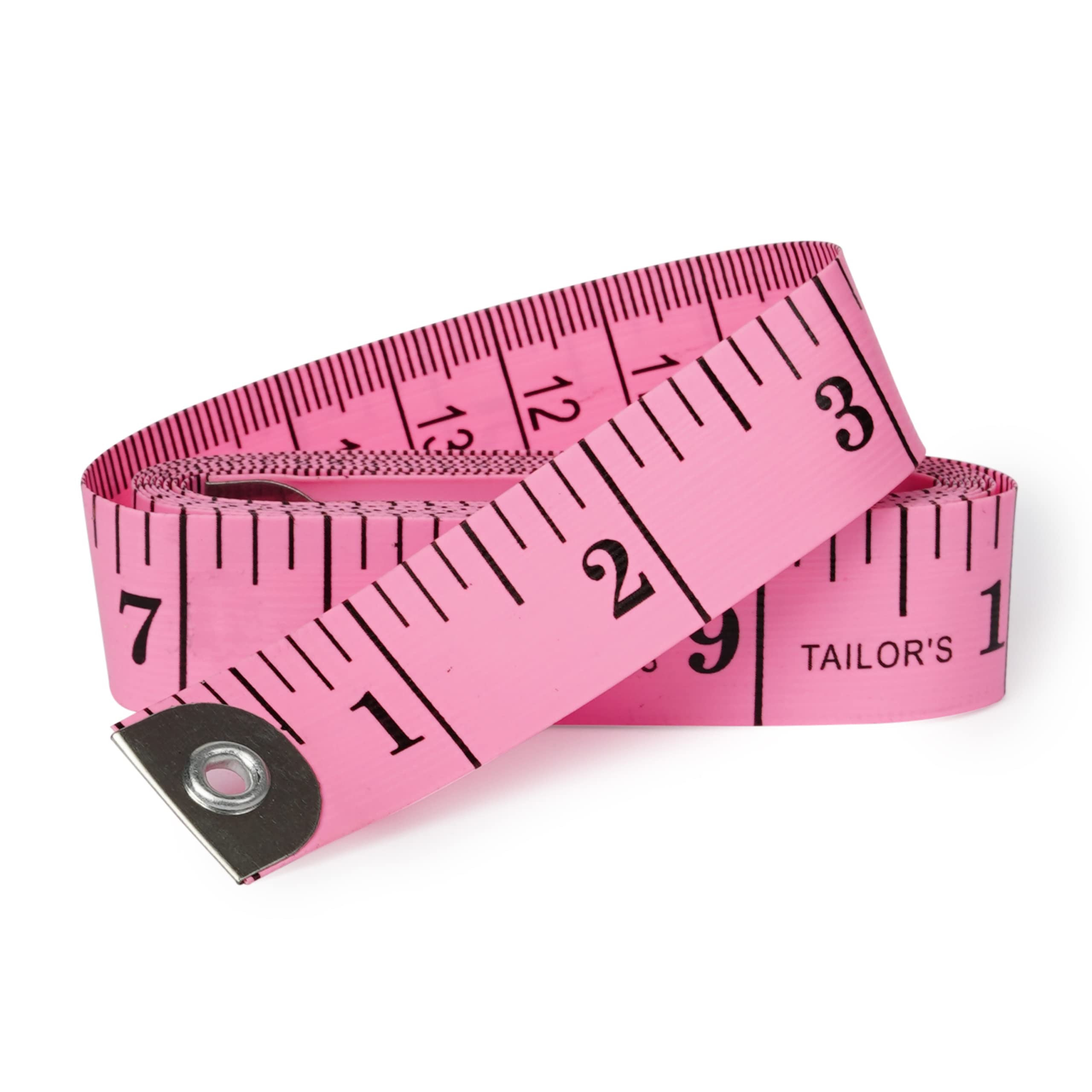 How to Use a Fabric Tape Measure Effectively
How to Use a Fabric Tape Measure Effectively
Using a fabric tape measure correctly is essential for obtaining accurate measurements. Here are some tips to help you make the most of your tape measure:
Take Accurate Body Measurements
When measuring for garments, ensure that the person being measured stands straight with their arms relaxed. Avoid pulling the tape too tight or letting it sag. Common body measurements include bust, waist, hips, inseam, and sleeve length.
Measure Fabric Accurately
When working with fabric, lay it flat and smooth out any wrinkles or folds before measuring. Always measure from the same point to maintain consistency, whether you’re cutting patterns or checking dimensions for patches and embellishments.
Use the Right Technique
Extend the tape measure fully and ensure it lies flat against the fabric or body. Avoid twisting the tape, as this can lead to inaccurate measurements. For curved surfaces, gently follow the contour without stretching the tape.
Mark Measurements Clearly
Use tailor’s chalk, fabric markers, or pins to mark measurement points on your fabric or pattern. Clear markings help avoid confusion and ensure precise cuts and stitches.
Double-Check Measurements
Always double-check your measurements to confirm their accuracy. Measuring twice can help catch any errors and prevent mistakes in your sewing projects.
Maintenance and Care
Proper maintenance extends the life of your fabric tape measure and ensures it remains accurate over time. Follow these care tips:
Clean the Tape Regularly
After each use, wipe the tape clean with a dry cloth to remove any dirt, dust, or fabric fibers. Avoid using harsh chemicals that can damage the tape material or markings.
Store Properly
Store your fabric tape measure in its case or a designated sewing tool pouch to protect it from damage and prevent it from getting tangled. Keep it in a cool, dry place away from direct sunlight, which can cause the tape to fade or deteriorate.
Avoid Excessive Stretching
While fabric tape measures are designed to be flexible, excessive stretching or pulling can weaken the tape over time. Handle your tape measure gently and avoid using it for tasks it’s not designed for, such as heavy-duty measuring.
Inspect for Damage
Regularly check your tape measure for signs of wear and tear, such as frayed edges, bent tips, or faded markings. If you notice any damage, consider replacing the tape measure to ensure continued accuracy in your measurements.
Protect from Moisture
Avoid exposing your fabric tape measure to excessive moisture or water, as this can weaken the tape material and cause markings to fade. If the tape gets wet, dry it thoroughly before storing it away.
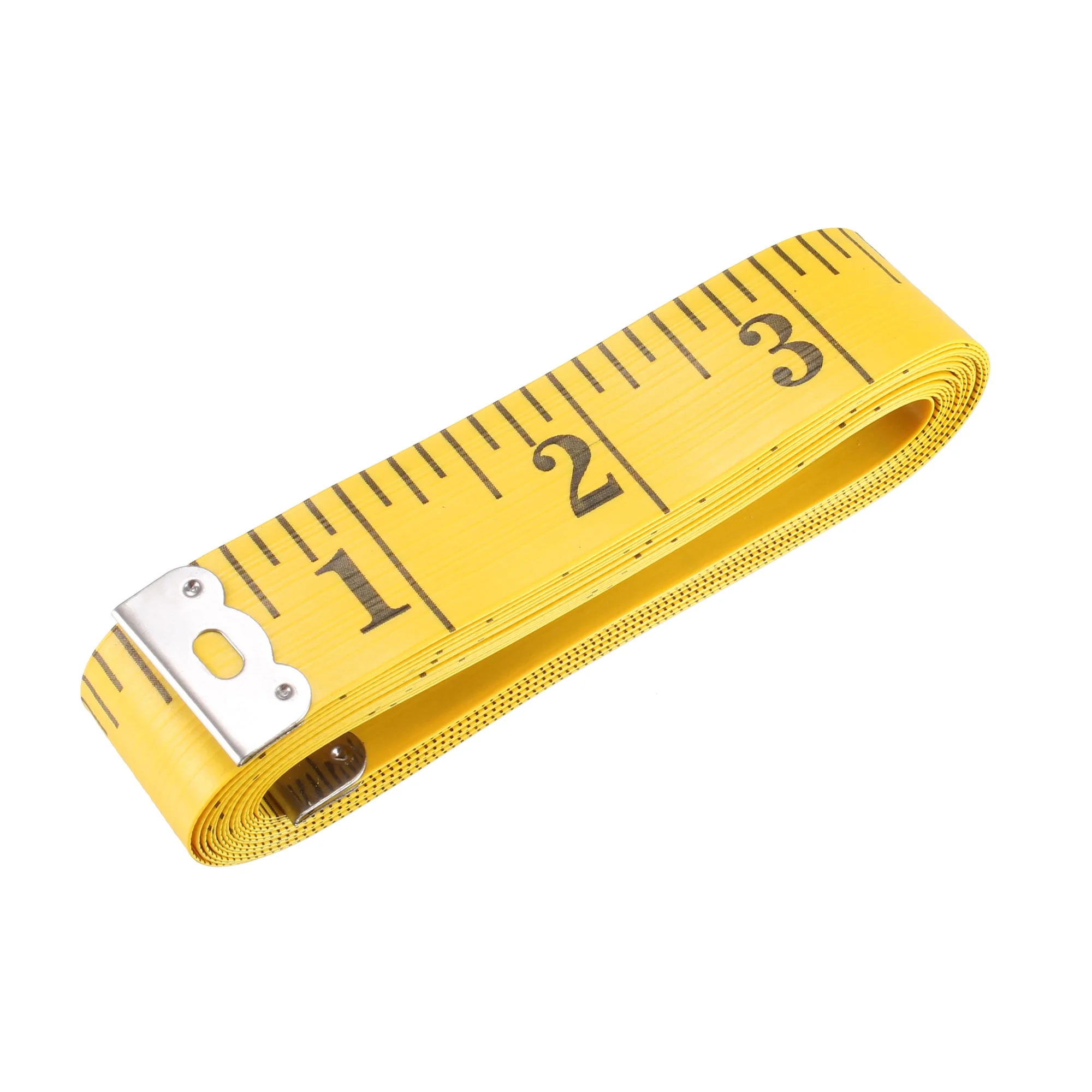 Top Tape Measures on the Market
Top Tape Measures on the Market
Choosing from the best options available can be daunting. Here are some top-rated fabric tape measures that cater to various needs and preferences:
Singer 2066 Measuring Tape
The Singer 2066 Measuring Tape is a popular choice among sewists for its durability and accuracy. Made from high-quality fiberglass, it resists stretching and wears well over time. The large, easy-to-read markings and sturdy metal hooks make it a reliable tool for all your measuring needs.
Omnigrid Fabric Tape Measure
With its sleek design and vibrant colors, the Omnigrid Fabric Tape Measure stands out in the sewing toolkit. It features dual-sided measurements in both inches and centimeters, along with clear, bold markings for easy reading. The flexible fiberglass tape ensures accurate measurements on any curve or contour.
Crown Superior Sewing Tape Measure
The Crown Superior Sewing Tape Measure is known for its robust construction and precision. The stainless steel case protects the tape from damage, while the smooth retraction mechanism ensures quick and easy measurements. This tape measure is ideal for both beginner and experienced sewists seeking reliability and accuracy.
Fiskars Soft Tape Measure
Fiskars is renowned for its quality tools, and their soft tape measure is no exception. Made from durable polyester, it offers excellent flexibility and longevity. The bright, contrasting markings and reinforced ends make it easy to use and highly effective for detailed sewing projects.
Dritz Heavy Duty Seamstress Tape Measure
The Dritz Heavy Duty Seamstress Tape Measure is designed for extensive use, featuring a durable fiberglass tape and a sturdy metal case. Its high-contrast markings and sharp ends allow for precise measurements, while the overall design ensures comfort and ease of use during long sewing sessions.
Benefits of Using a Tape Measure
Incorporating a fabric tape measure into your sewing routine offers numerous advantages that enhance the overall quality and efficiency of your projects.
Increased Accuracy
A fabric tape measure provides precise measurements, reducing the likelihood of errors. This accuracy is crucial for ensuring that garments fit well and fabric pieces align correctly, resulting in professional-looking finishes.
Improved Efficiency
Using a tape measure speeds up the measuring process compared to using rigid rulers or guesswork. Quick and accurate measurements allow you to focus more on the creative aspects of sewing, enhancing productivity.
Versatility
Fabric tape measures are versatile tools suitable for a wide range of sewing tasks, from taking body measurements to measuring fabric pieces and pattern parts. This versatility makes them essential for any sewing project, big or small.
Enhanced Fit and Comfort
Accurate measurements ensure that garments and tailor-made items fit comfortably and flattering. This attention to detail can significantly improve the wearability and appearance of your creations.
Professional Quality
Using a fabric tape measure contributes to the professional quality of your sewing projects. Precise measurements lead to better-constructed items, increasing satisfaction and credibility, especially if you’re selling your creations.
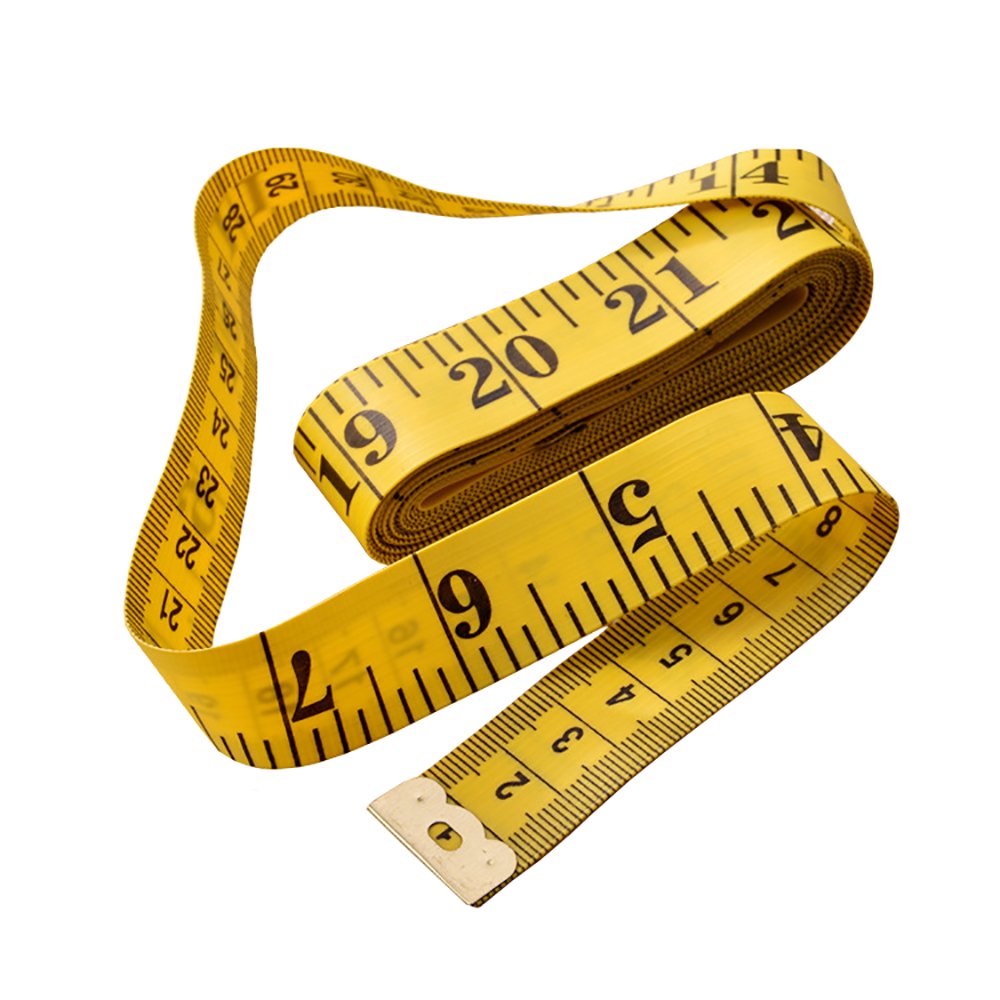 Common Mistakes to Avoid
Common Mistakes to Avoid
Even with a reliable fabric tape measure, certain mistakes can compromise your measurements and sewing projects. Here’s how to avoid them:
Not Measuring Twice
One of the most common mistakes is not double-checking measurements. Always verify your measurements to ensure their accuracy and prevent errors in your projects.
Pulling the
Tape Too Tight
Applying too much tension when measuring can distort the tape’s length, leading to inaccurate measurements. Instead, let the tape lie naturally against the fabric or body without stretching it.
Ignoring the Zero Point
Ensure the starting point of the tape measure is correctly aligned with the edge of the fabric or body part you’re measuring. Misalignment can result in incorrect measurements and ill-fitting garments.
Using a Worn-Out Tape
A tape measure with stretched or faded markings is unreliable. Regularly inspect your fabric tape measure for signs of wear and replace it if necessary to maintain measurement accuracy.
Not Following the Curve
When measuring around curves or contours, gently follow the shape with the tape without forcing it. This technique ensures that the tape measure stays in place and provides an accurate measurement.
Enhancing Your Sewing Projects
Incorporating a fabric tape measure into your sewing practice can significantly enhance the quality and precision of your projects. Here are some ways to leverage this essential tool:
Customizing Fit
Use a fabric tape measure to take precise body measurements, allowing you to customize garments for a perfect fit. This personalization ensures comfort and enhances the overall appearance of your creations.
Accurate Pattern Cutting
When cutting fabric patterns, a fabric tape measure enables you to measure and mark fabric pieces accurately. This precision reduces waste and ensures that each piece fits together seamlessly during assembly.
Detailed Design Work
For intricate design elements, such as pleats, darts, or intricate seam lines, a fabric tape measure provides the accuracy needed to execute detailed work effectively. This capability allows you to create complex designs with confidence.
Quality Control
If you sew items for clients or sell your creations, using a fabric tape measure helps maintain high standards of quality. Accurate measurements ensure consistency across different pieces, enhancing your reputation for reliability and professionalism.
Frequently Asked Questions
To further assist you in mastering the use of a fabric tape measure, here are answers to some common questions:
How do I read a fabric tape measure correctly?
Place the zero end of the tape measure at the starting point of your measurement. Extend the tape along the area you’re measuring, allowing it to lie flat without stretching. Read the measurement at the point where the tape meets the end of the area, noting the nearest marking.
Can I use a fabric tape measure for non-sewing projects?
Yes, fabric tape measures are versatile and can be used for various purposes, such as measuring for home décor projects, crafting, or even taking body measurements for other applications.
What is the difference between a tape measure and a fabric tape measure?
While both tools serve the purpose of measuring, fabric tape measures are specifically designed to be flexible and durable, making them ideal for measuring soft materials and taking body measurements. Traditional tape measures are often more rigid and suited for construction or general measuring tasks.
How often should I replace my fabric tape measure?
Replace your fabric tape measure if you notice signs of wear, such as stretched tape, faded markings, or a damaged case. Regularly inspect your tape measure to ensure it remains accurate and reliable for your sewing projects.
Can I use a fabric tape measure on different fabric types?
Absolutely. A fabric tape measure is designed to measure various fabric types, whether lightweight silks or heavy denim. Ensure that the tape lies flat and is not stretched to maintain measurement accuracy across different materials.
 Conclusion
Conclusion
In conclusion, a fabric tape measure is a fundamental tool for anyone involved in sewing, tailoring, or fabric crafts. By understanding its features, selecting the right tape measure for your needs, and using it effectively, you can achieve precise measurements that enhance the quality and fit of your projects. Whether you’re a beginner or an experienced sewist, investing in a high-quality fabric tape measure will undoubtedly improve your sewing experience, leading to beautifully crafted and accurately fitting creations. Embrace the precision and versatility that a fabric tape measure offers, and take your sewing projects to the next level with confidence and accuracy.
